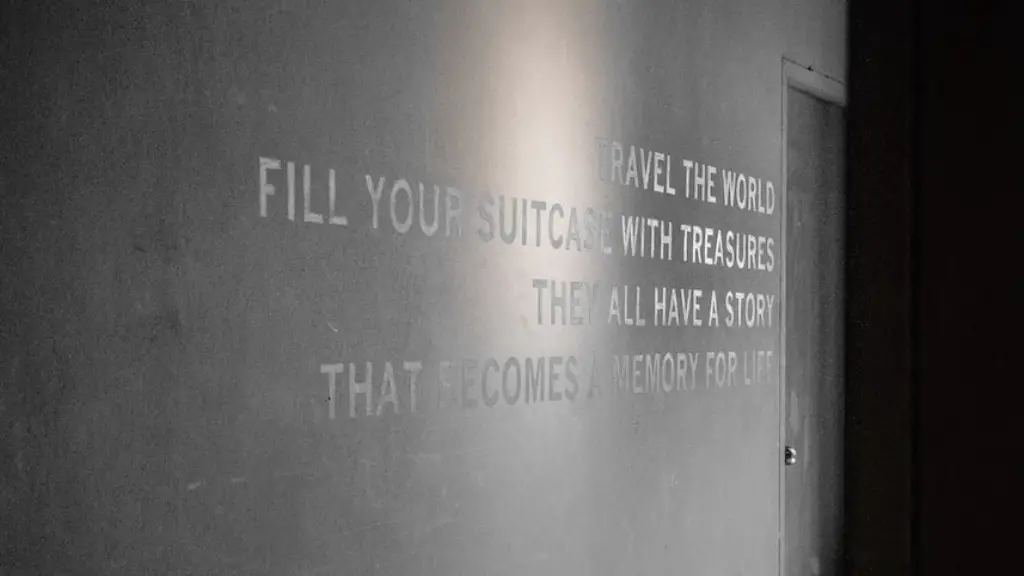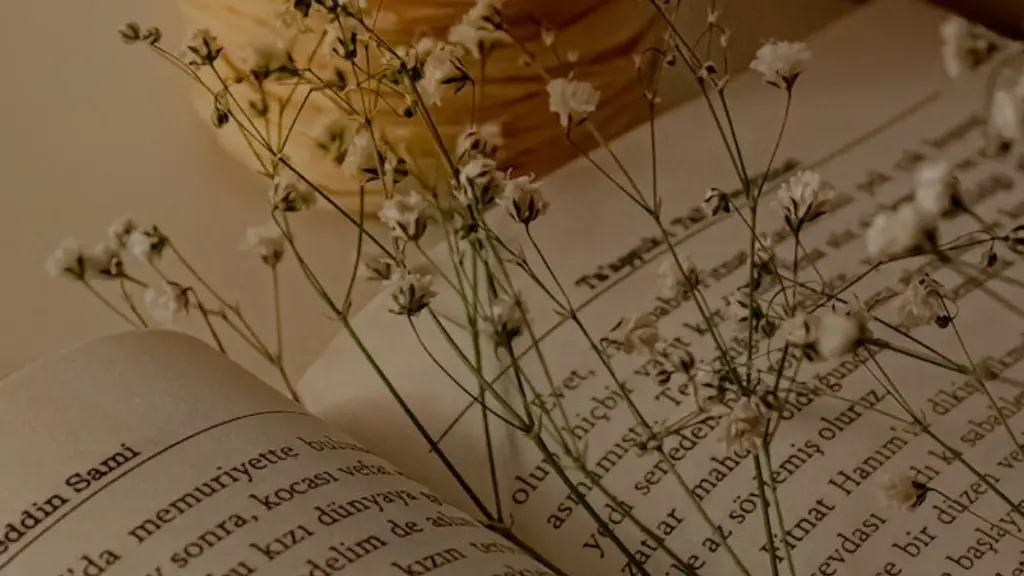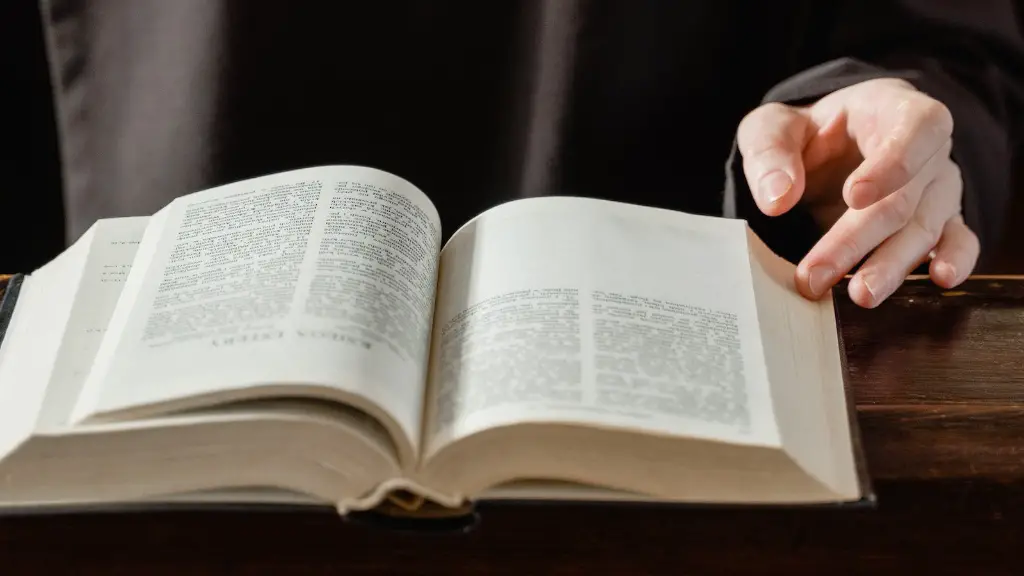What is the difference between structure and form when it comes to poetry? A lot of people aren’t aware that there is a distinct difference between structure and form when it comes to poetry, and many others don’t even consider it. This article aims to explain the differences between structure and form when it comes to poetry, in order to help our readers understand what these terms mean.
To begin with, it is important to understand that the structure of a poem relates to the order in which the words and phrases of the poem flow. This order is determined by the poet and has a huge impact on the impact of the poem on its reader. Form, on the other hand, is concerned with the length of the lines, the number of lines, and the use of metrical forms. It also focuses on the arrangement of the poem on the page.
The structure of a poem tends to be determined by the way the poet chooses to express their ideas and the way they use language. This means that the structure will often reflect the subject matter and the emotions of the poet, which can be incredibly powerful. For example, if the poem is about heartbreak, the words and phrases might be arranged in a way that expresses the feeling of loss or abandonment. The poet might also choose to use shorter lines or even a single long sentence to emphasize certain feelings.
The form of a poem, on the other hand, is largely determined by the poet’s choice of rhythmic patterns and metrical forms. This includes which words and syllables to emphasise, which words to shorten, and which ones to omit. In traditional poetry, such as a villanelle or a sonnet, the form is extremely important and can create a powerful effect on the reader. In free verse, such as blank verse, the poet has more freedom to explore their expression and the overall form doesn’t have to be as strict.
Another way to think about the difference between structure and form is to consider each of them as a way of organising the elements of a poem. In terms of structure, it is about arranging the words and phrases of the poem in a way that will best express the poet’s intentions, while in terms of form, it is about organising the lines and the words in a way that creates a rhythm and emphasis.
Finally, it is worth noting that the majority of modern poetry is written using a combination of both structure and form. Poets often choose to mix traditional metrical forms, such as sonnets and villanelles, with modern, free-verse forms. They may also use different types of structure, such as narrative forms, stanzaic forms, or a combination of both. The combination of structure and form is what makes some of the best poetry so powerful and evocative.
The Impact of Structure and Form on the Feelings of a Poem
It is clear that both structure and form have a profound impact on the feelings of a poem. By carefully arranging the words and phrases in a certain order, the poet is able to create a certain mood or atmosphere that resonates with the reader. Similarly, the use of form can help create a certain rhythm and emphasis in the poem, which can be instrumental in affecting the overall experience.
It is also important to remember that structure and form are closely intertwined. Often, the use of form can be used to emphasise the structure of a poem. For example, if a poetic line has a particular meaning or emotional resonance, a poet might choose to emphasise it with a metrical form. This can often make the impact of the poem even greater, as it can help create a certain kind of rhythm or emphasis.
Finally, it is also worth noting that some forms of poetry rely far less on structure and form than others. This is especially true in spoken-word poetry, where the emphasis is often on the poet’s delivery and the power of the language rather than on the structure or form. However, structure and form can still have an impact on spoken-word poetry, as the lines and words can still be arranged in a certain way to help emphasise or enhance the overall impact of the poem.
The Power of Structure and Form
It is clear from the discussion above that structure and form can have a tremendous impact on the power of a poem. Used carefully, structure and form can be used to create powerful expressions of emotion and experience that resonate with readers. By combining structure and form with carefully chosen words, the poet is able to craft an emotional experience that has the power to stay with readers for years to come.
It is also important to keep in mind that the use of structure and form is not a replacement for the use of language. The words of a poem should always be given the utmost attention, as this is where the emotional power of the poem is created. However, using structure and form can be instrumental in helping create a powerful atmosphere or mood that greatly enhances the poem’s overall impact.
The Impact of Structure and Form on Society
The powerful effect of structure and form on poems is not limited to just the reader’s experience. Poetry has long been used as a tool for social change, and structure and form play an important role in how it can be used. By carefully selecting certain words and arranging them in certain structures or forms, poets can express powerful messages that resonate with their readers.
For example, in protest poetry, the structure and form of a poem can be used to emphasise certain points or create a certain atmosphere. This atmosphere can be instrumental in conveying the message of the poem to its readers and inspiring them to action. Similarly, in protest poetry, certain lines or phrases might be repeated in different forms or structures to drive home an important point.
In addition, structure and form can be used to create powerful images or metaphors in poetry. These images or metaphors can help convey a particular point or message to readers in a powerful and emotive way. This is why it is so important to pay attention to both structure and form when crafting a poem, as it can greatly enhance the overall impact of the poem.
Conclusion
In conclusion, it is clear that structure and form are two distinct but interrelated elements of poetry. Structure relates to the order in which the words and phrases of the poem flow, while form refers to the length of the lines, number of lines, and use of metrical forms. Both elements are instrumental in helping create powerful expressions of emotion in a poem, and can be used to help convey an important message or inspire action.



